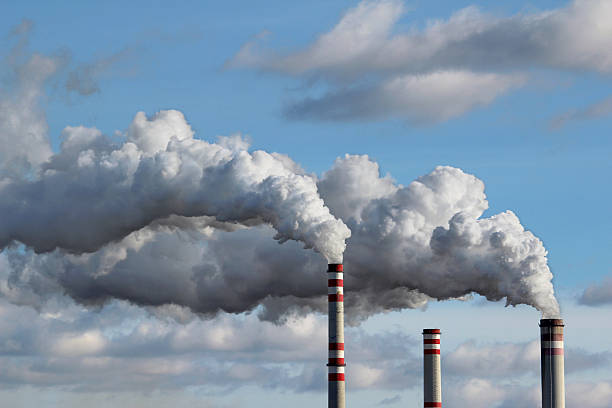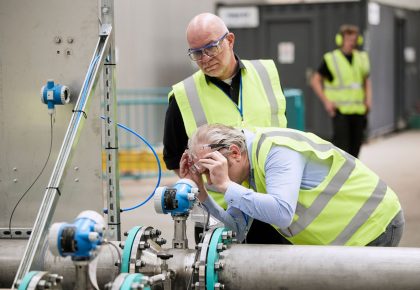
Over 13 million tons of carbon dioxide reach the atmosphere every year due to cement production in Romania, a country that produces around 15 million tons of cement annually, the aggregate figure at the level of the biggest players in the Romanian market.
For every kilogram of cement produced, 0.9 kilograms of carbon dioxide are released into the atmosphere, but these figures could be drastically improved with the help of new technologies that contribute to the significant reduction of carbon dioxide emissions generated by cement production, shows an analysis conducted by Industry Link.
The cement industry in Europe has set out to become neutral in terms of carbon emissions by 2050, by rethinking the operational and production model of cement, but especially by incorporating into its processes new solutions and technologies that could reduce with up to 90% carbon dioxide emissions generated by cement production. The cement industry is responsible for 8% of global carbon dioxide emissions.
The use of alternative fuels in cement production, especially municipal residues, biomass, and multi-industry waste, is the first and most accessible solution for reducing greenhouse gas emissions. According to the association of European cement producers, carbon dioxide emissions could be reduced by 42% by using technology that allows the capture, use, and storage of carbon dioxide. In this process, carbon dioxide is captured from the atmosphere and stored either for reuse or for long-term storage in specially designed places. Another technology that could help reduce carbon dioxide emissions is calcium looping, this allows to reduce emissions by 90%, by extracting carbon dioxide from the gases generated by a cement factory, through a series of chemical processes such as carbonation and calcination.
CarbonZero, the international conference that discusses the latest solutions and technologies for reducing carbon dioxide emissions, takes place this year in November in Lisbon, Portugal, and brings together decision-makers from cement companies, equipment and technology manufacturers, such as professionals from the field of innovation, research, development, and environment.
HeidelbergCement (Germany), Holcim (France), Titan Cement (Greece), Cementos Argos (Colombia), and Dalmia Cement (India) are just some of the most influential companies that are joining the CarbonZero conference this year, that will focus on identifying better ecological solutions for the cement industry. The subject of the conference is the reduction of carbon emissions through the use of alternative fuels in the production of cement, in particular, municipal residues, biomass, and multi-industry waste, but also through recycling, by recirculating the remains from the cement manufacturing process, waste from constructions or the invention of new, non-polluting materials.

Beatrice Ene, General Manager, Industry Link: “Tomorrow has already come, it’s here. Sterile discussions about what should be done do not generate change, and we are here to set things in motion. We have many stages to go through at a dizzying speed if we want the year 2050 to find us with our homework done. CarbonZero will be an experience generating solutions for decarbonization through current technology and solutions. Today’s waste turns into tomorrow’s raw material”.
More information available at carbonzero@industrylink.eu
Featured image source: IStock




